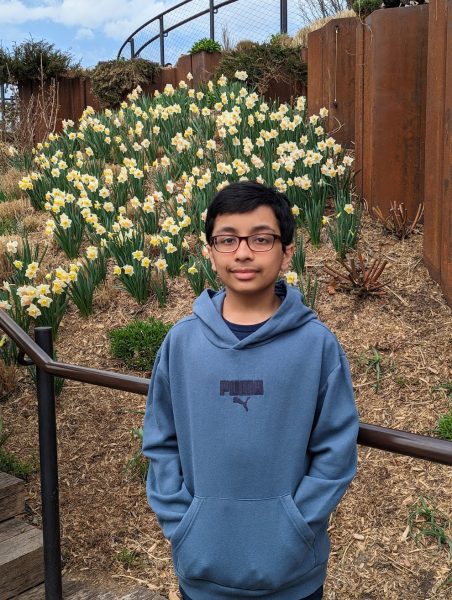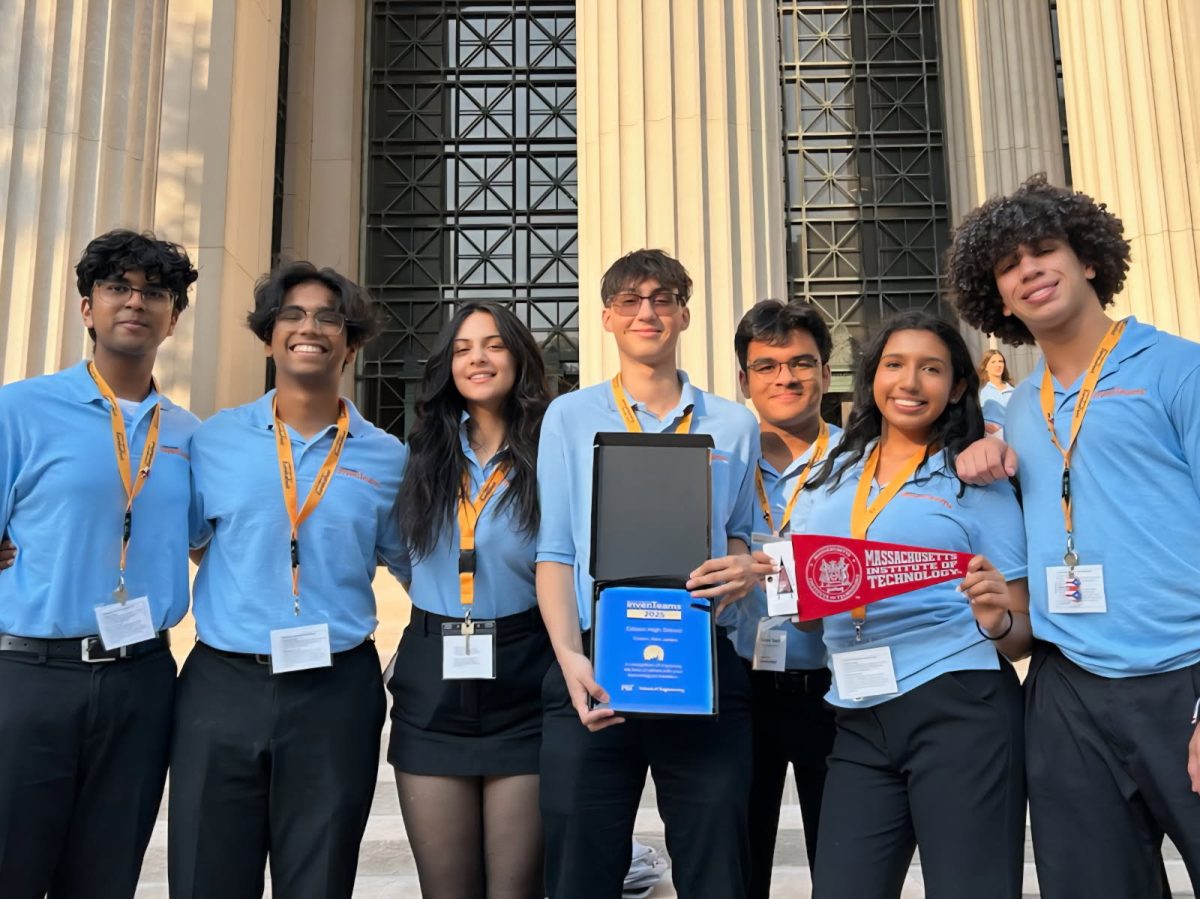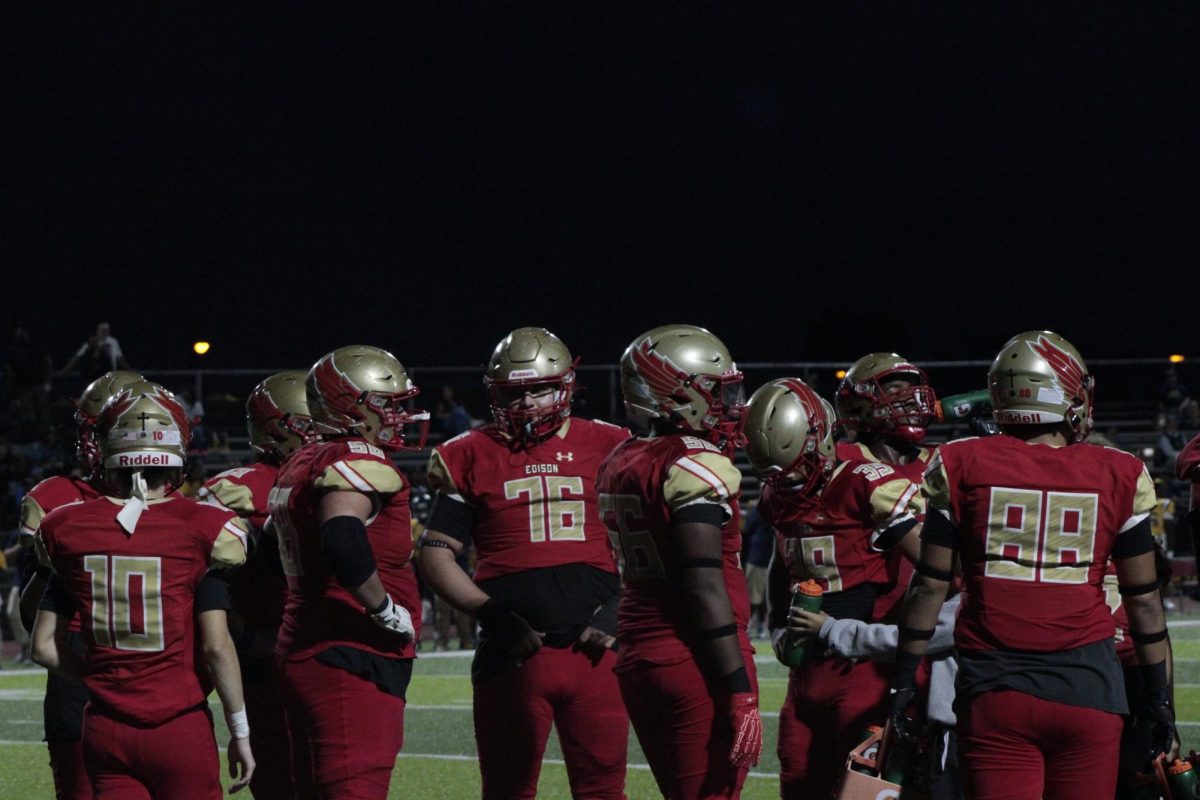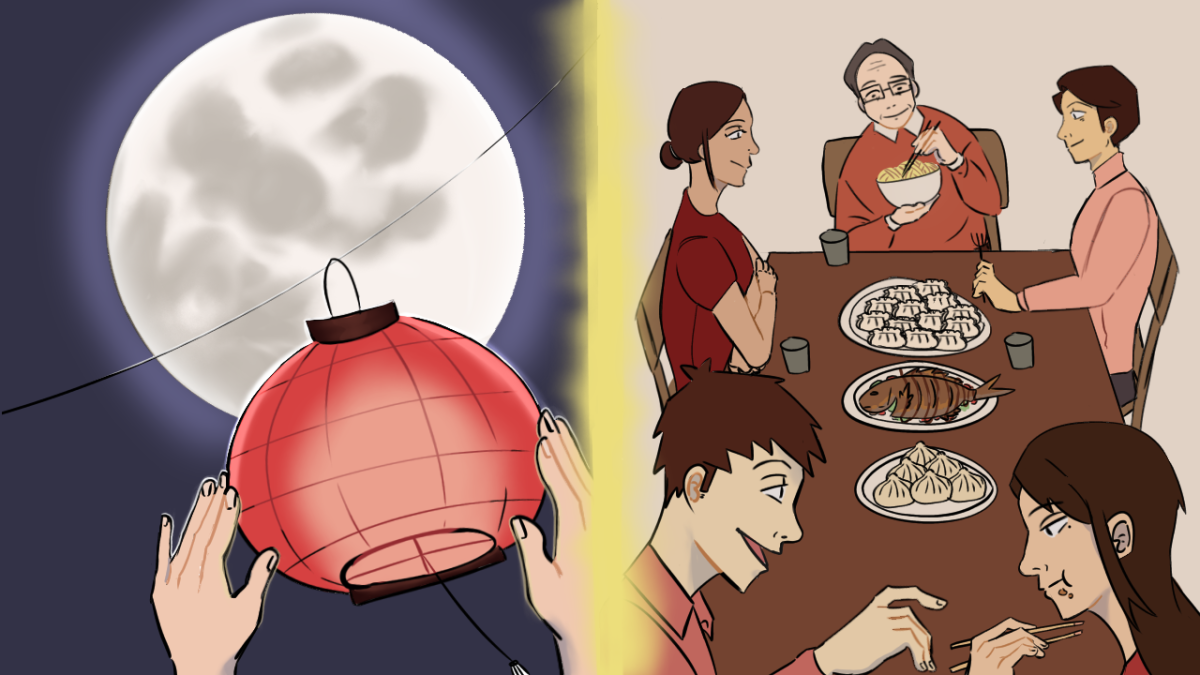This February 10, many Edison High students looked forward to spending time with loved ones, embracing long-standing traditions, and wishing for good luck to commemorate the Lunar New Year. Throughout history, the holiday was celebrated for many different reasons and was even banned in a few countries due to colonial occupation and political values. From celebrating the annual harvest to honoring the personal growth of each other with their loved ones, the Lunar New Year has increasingly changed throughout history, leaving a lasting impact on the celebrations of many Edison High students in the present.
The origins of the Lunar New Year stem from mythology. According to legend, villagers defended themselves against a monster resembling a mix of a lion and dragon named Nian by using the protective elements of the color red and bright lights, features now popularly seen in decorations to celebrate the holiday. In China, the holiday’s history stretches back to the 14th century BCE, marked by festivities that celebrated the annual harvest, with many praying for a bountiful harvest in the future.
While the Lunar New Year originated in China, its influence expanded across East Asia, eventually being celebrated in Vietnam, Korea, Japan, and other Southeast Asian countries. However, the tradition wasn’t always accepted; in the late 1940s, Mao Zedong’s Chinese Communist Party banned Lunar New Year celebrations to align with the global Gregorian calendar. Similarly, Koreans were prohibited from celebrating the occasion in the first half of the 20th century due to Japanese colonization.
Despite these challenges, the Lunar New Year is now proudly embraced not only in these countries but globally. The coming of a new year is usually celebrated on the second full moon after the winter solstice, with a different one of the twelve zodiac animals to represent each annual occasion. This year is the year of the dragon, which represents good luck, strength, and good health. Many traditionally celebrate with dinners, fireworks, cleaning, and more.
One custom that many Edison High students have for the Lunar New Year is to have a feast with their families. Traditional meals for the celebration include noodles, fish, rice balls, and more. Often, students spend time with their extended family and devote their day to showing gratitude.
“In my family, we don’t do as much as more traditional families, however, we do make sure to spend time with each other, be grateful for one another, and enjoy a good feast,” said Winston Law ‘27.
Moreover, parades and festivals have become a staple of the Lunar New Year. There are many parades celebrating the Year of the Dragon, even near Edison. Some include Edison’s annual Lunar New Year parade and an event celebrating the holiday at Papaianni Park.
“My family and I attend Lunar New Year festivals and parades. Once we arrive home, we watch a Mandarin movie together,” said Tristan Lee ‘27.
At Edison High, events like the annual Lunar New Year potluck celebrate the holiday as well. People around the school, not just those who celebrate the festival, bring foods from a variety of different cultures to honor the auspicious occasion.
In addition, many people who observe the Lunar New Year give out red envelopes with money to loved ones to give them good luck for the coming year. Other traditions, such as dragon dancing and lighting lanterns or firecrackers are commonly done as well.
“Lunar New Year can be celebrated in many ways depending on the culture or family themselves,” said Stella Wong ‘25, “I know it usually consists of dragon dancing to ward off evil spirits, giving or receiving red envelopes with money in them, family gatherings over a big dinner, and lighting lanterns or firecrackers.”
Dragon dancing, a tradition originating in China, is used to repel corrupt spirits and bring luck to the community. In the dance, the dragon, usually made of cloth, paper, or bamboo, chases a ball called the “pearl of wisdom.” Lighting lanterns and setting off fireworks is another common commemoration of the Lunar New Year, which symbolizes driving out darkness and letting in good luck and light for the coming twelve months.
Overall, with changes in traditions and celebrations, the observance of the Lunar New Year has changed greatly over the years. From attending festivals, participating in the dragon dance, and having a feast with family, Edison High students celebrate the annual occasion in a multitude of ways. However, the central theme of the holiday—good luck and happiness—persists.
Categories:
From Past to Present: Ushering in the Year of the Dragon
February 15, 2024
The Evolution of Lunar New Year
0
Donate to The Eagle's Eye
$0
$500
Contributed
Our Goal
Your donation will support the student journalists of Edison High School. Your contribution will allow us to purchase equipment and cover our annual website hosting costs.
About the Contributors

YASHASVI KOMPELLA ’27, Editor-in-Chief
Yashasvi Kompella is a staff writer for the “Eagle’s Eye” and is a current freshman. Yashasvi is a member of the STEM Academy and enjoys participating in a wide variety clubs, such as Quiz Bowl and MUN. Yashasvi also likes playing the viola and volunteering in his free time.

KAVAN MALAVIYA ‘27, Editor-in-Chief
Kavan Malaviya is a freshman staff writer for “The Eagle’s Eye.” Outside of school, he enjoys playing the flute and alto saxophone, reading, and playing sports.

ESHAN JHAVERI ‘27, Features Editor
Eshan Jhaveri is a Features Editor for The Eagle’s Eye and has written for the publication since his freshman year. He especially enjoys writing for the “Behind the Counter” series, which connects the EHS community with local businesses. When he is not writing, Eshan is also involved in clubs such as DECA and FCCLA. Aside from school, Eshan enjoys playing the piano, running long-distance, and spending time with his family.
















































































